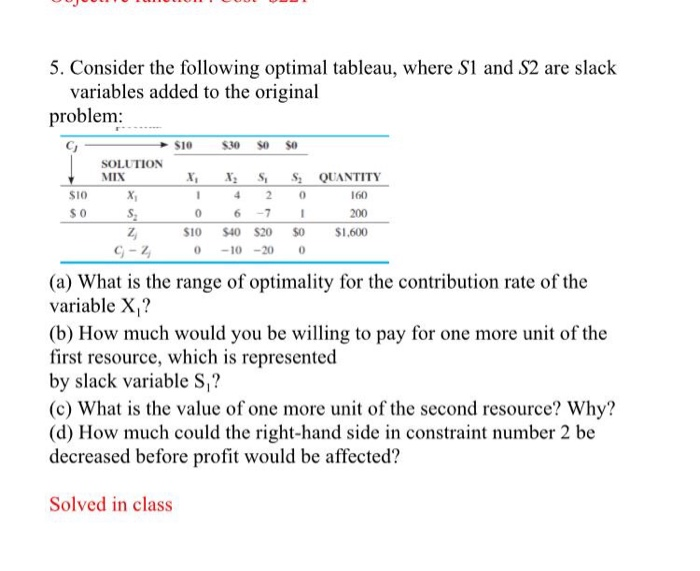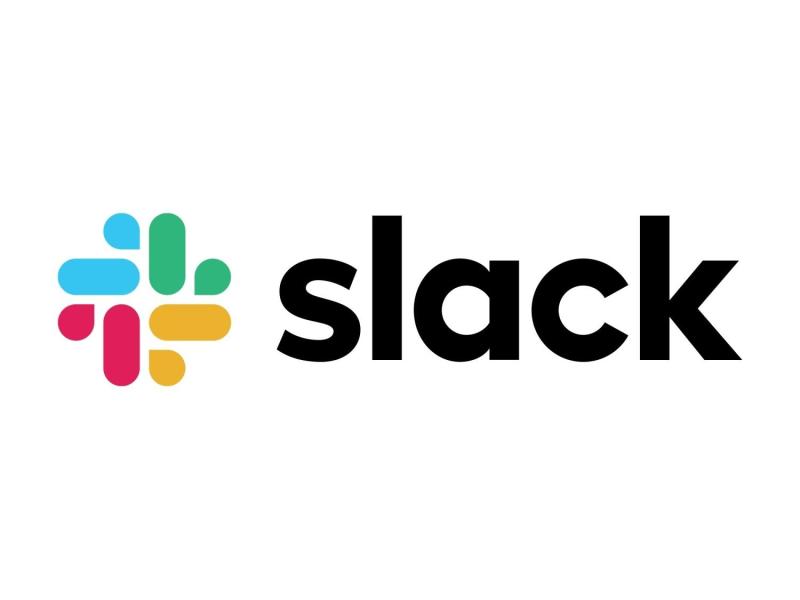BLOG
On April 26, Slack filed its Form S-1 with the SEC to become a publicly traded company. It is one of many high-profile listings we have seen so far in 2019, including Lyft, Uber, and Zoom. Comparing Ryver vs Slack? Ryver combines team messaging, a task manager, voice & video calls, and more into ONE APP, at a fraction of the cost. Try it FREE today!
Slack has transformed the way we work. By replacing email with beautiful and simple internal chat, Slack has productized productivity. Founded as a gaming company called Tiny Speck in 2009, the company’s initial product, Glitch, didn’t catch on as expected. So the business pivoted to commercialize an internal tool - a Searchable Log of All Conversation and Knowledge, Slack. WP S 1.1358 - Brake slack adjuster R PEUGEOT 405 I, PARTNER 1.1-2.0D 10.88-12.15. The Panasonic Lumix S1 & the L Mount. Testing the Leica Q2. Testing the Leica SL2. Notes of a camera tester (LHSA talk).
Important Change – Philadelphia School Income Tax (Form S-1)
Important Change – Philadelphia School Income Tax (Form S-1)
The attached memo from Phila. Revenue explains they are now taxing S corporation DISTRIBUTIONS, not the other numbers on a shareholder’s Form K-1

It is extremely important to note that if you reported income for which there were no distributions in prior years, the distributions you subsequently receive in 2014 or later years may not be taxable.
Reporter
For years, Slack has been called an “email killer.” Founded in 2009 as an internal communications tool for the now-defunct gaming company Tiny Speck, Slack was created to solve the frustrations of the email’s isolated (and isolating) nature and its lack of transparency.
After its commercial debut in 2014, Slack quickly caught the attention of other businesses similarly looking for an evolution in office communications. Five years later, the San Francisco-based company boasts more than 10 million users and 88,000 paid customers in 150 countries. It has annual revenue of roughly $400 million, and today it filed an S-1, the regulatory document that is a precursor to an initial public offering.
“The most helpful explanation of Slack is often that it replaces the use of email inside the organization,” the company notes in its S-1 filing.
But the relationship between Slack and email is turning out to not be that clear cut.
The word “email” is mentioned 33 times in filing—and not every reference has to do with taking over email. The S-1 notes that Slack has an advantage over email when it comes to collaboration, but also that the company depends on email for growth.
In short, the relationship between Slack and email is actually a complicated one. Here are all the different ways that email has been framed by Slack in its filing to go public.
1. Email is outmoded
As noted in the S-1, email consists of fragmented silos of information that are difficult for multiple people to access, leading to a proliferation of memos and meetings just to keep the entire team coordinated. Enter Slack, which keeps a record of conversations, data, and documents all in one place. It even allows new employees who are added to a Slack account to view the history of communication.
The filing suggests that Slack is more than an email replacement. “It is a new layer of technology that brings together people, applications, and data.”
2. Email is closed off
Unlike email, Slack was designed from the ground up to integrate with external applications and services. According to the S-1 filing, Slack has more than 450,000 third-party applications or custom integrations as of January.

3. Email is a competitor
Slack S1 Pdf
Slack says its biggest competitor in the $28 billion communication and collaboration software market is Microsoft, but it also lists email providers such as Alphabet Inc. (Google) as well as smaller companies that specialize in email filtering and email-inbox organization.

Slack S1 Filing

4. Email is … a market opportunity?
Anyone who uses email is a potential Slack user, according to the filing.
5. Email is … needed for growth
Slack says it plans to increase investment in its relationships with leading email providers. Why? Because customers want it. For example, the e-commerce company Shopify has built an integration that allows its employees to access their company email accounts via Slack. And earlier this week, Slack announced that it would integrate with Microsoft and Google’s email and calendaring platforms.
